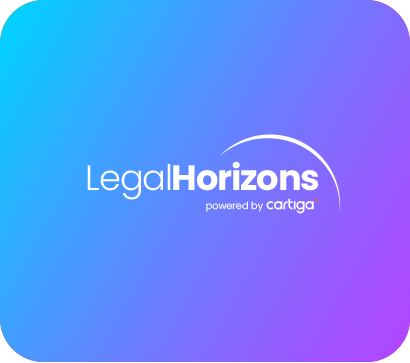The implications of the recent Florida Tort Reform law (HB 837), signed into law on March 24, 2023, are still unfolding. The following are Cartiga’s observations on the provisions governing the evidence admissible to prove medical damages in personal injury and wrongful death cases and how those provisions impact a plaintiff’s payment for medical treatment going forward.
Satisfied Bills for Past Medical Services
Evidence to prove damages for past medical treatment or services that have been satisfied is limited to the evidence of the amount “actually paid, regardless of the source of payment.” As a result, attorneys can offer admissible proof of damages by showing that actual payment was made to the provider for treatment or services performed on plaintiff, and that such payment was made by a legal funding company like Cartiga on behalf of the plaintiff. Notably, there is no requirement in the new law that a funding company’s contracts or files be disclosed with respect to such a payment.
Letters of Protection
The proof of damages and limited scope of discovery using third-party funding for medical providers should be contrasted with other forms of proof of damages for past medical services such as a letter of protection or a medical lien. Under the new law, the letter of protection or medical lien will not be admissible to show an amount “actually paid.” Moreover, when a letter of protection or a medical lien are used for medical treatment or services, the plaintiff must produce (as applicable): a copy of the letter of protection; itemized billings for all medical expenses; the name of any factoring or similar company to whom the provider sold the related accounts receivable and the sale price; whether the plaintiff had health care coverage at the time of treatment; and the identity of any person who referred the plaintiff for treatment under the letter of protection. If the referring party is the plaintiff’s attorney, HB 837 expressly allows not only introduction of that fact notwithstanding attorney-client privilege, but also further detail regarding the relationship between the attorney and medical provider, including the number of referrals, frequency of referrals and the financial arrangement.
Conclusion
It is yet to be seen how Florida courts will interpret and enforce HB 837’s provisions regarding evidence of medical damages. However, the law suggests that using third-party medical funding from companies like Cartiga for medical treatment and services, instead of letters of protection and medical liens, will provide admissible evidence supporting damages and avoid broader discovery with respect to the relationship between attorneys and medical providers.
This article is for marketing purposes only, does not constitute legal advice, and should not be relied upon as legal advice.





